
| Freedom Fighter Names | Man Freedom Fighters | Woman Fridom Fighters | HOME |

Born: 2 October 1869, Porbandar
Full name: Mohandas Karamchand Gandhi
Assassinated: 30 January 1948, New Delhi
Famously Known As Bapu

Born: 28 September 1907, Banga, Pakistan
Died: 23 March 1931, Lahore Central Jail, Lahore, Pakistan
Education: National College, Lahore, National College of Arts, Dayanand Anglo-Vedic Schools System
Famously Known As: Shaheed Bhagat Singh

Born: 23 January 1897, Cuttack
Famously Known As Netaji
Died: 18 August 1945, Taipei, Taiwan
Education: Scottish Church College (1918), Presidency University

Born: 31 October 1875, Nadia
Died: 15 December 1950, Mumbai
Full name: Vallabhbhai Jhaverbhai Patel
Famously Known As Sardar, Iron Man Of India

Born: 14 November 1889, Prayagraj
Died: 27 May 1964, New Delhi
Spouse: Kamala Nehru (m. 1916–1936)
Parents: Motilal Nehru
Famously Known As: Chacha Nehru, Pandit Nehru

Born: 2 October 1904, Mughalsarai
Died: 11 January 1966, Tashkent, Uzbekistan
Party: Indian National Congress
Famously Known As: Man of Peace

Born: 4 September 1825, Navsari
Died: 30 June 1917, Mumbai
Organizations founded: Indian National Congress, Zoroastrian Trust Funds of Europe, National Congress, London Indian Society
Famously Known As: 'Grand Old Man of India' and 'Unofficial Ambassador of India'

Born: 1814, Yeola
Died: 18 April 1859, Shivpuri
Full name: Ramachandra Pandurang Tope
Education: Scottish Church College (1918), Presidency University
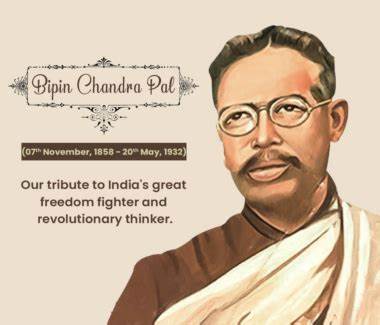
Born: 7 November 1858, Habiganj District, Bangladesh
Died: 20 May 1932, Kolkata
Education: St. Paul's Cathedral Mission College, Presidency University
Famously Known As: Father of Revolutionary Thoughts

Born: 28 January 1865, Dhudike
Died: 17 November 1928, Lahore, Pakistan
Famously Known As: Punjab Kesari
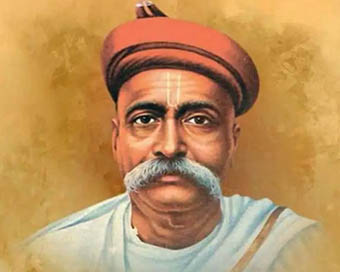
Born: 23 July 1856, Chikhali
Died: 1 August 1920, Mumbai
Famously Known As Lokmanya Tilak

Born: 22 October 1900, Shahjahanpur
Died: 19 December 1927, Faizabad
Organization: Hindustan Socialist Republican Association
Famously Known As:Ashfaq Ulla Khan

Born: 19 May 1824, Bithoor
Full name: Dhondu Pant
Died: 1859, Naimisha Forest
Disappeared: July 1857 in Cawnpore (now Kanpur), British India
Famously known as Nana Sahib
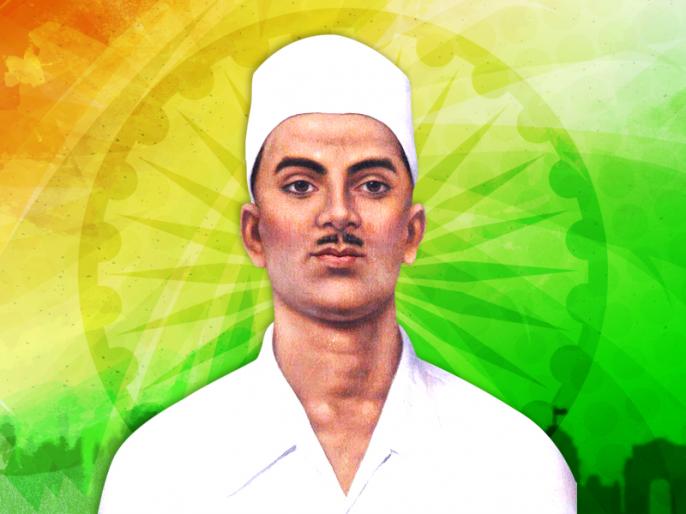
Born: 15 May 1907, Ludhiana
Died: 23 March 1931, Lahore, Pakistan
Education: National College of Arts, National College, Lahore
Member of: Hindustan Socialist Republican Association (HSRA)

Born: November 1777, Jagdishpur
Died: 26 April 1858, Jagdishpur
Full name: Babu Veer Kunwar Singh
Famously Known as Veer Kunwar Singh
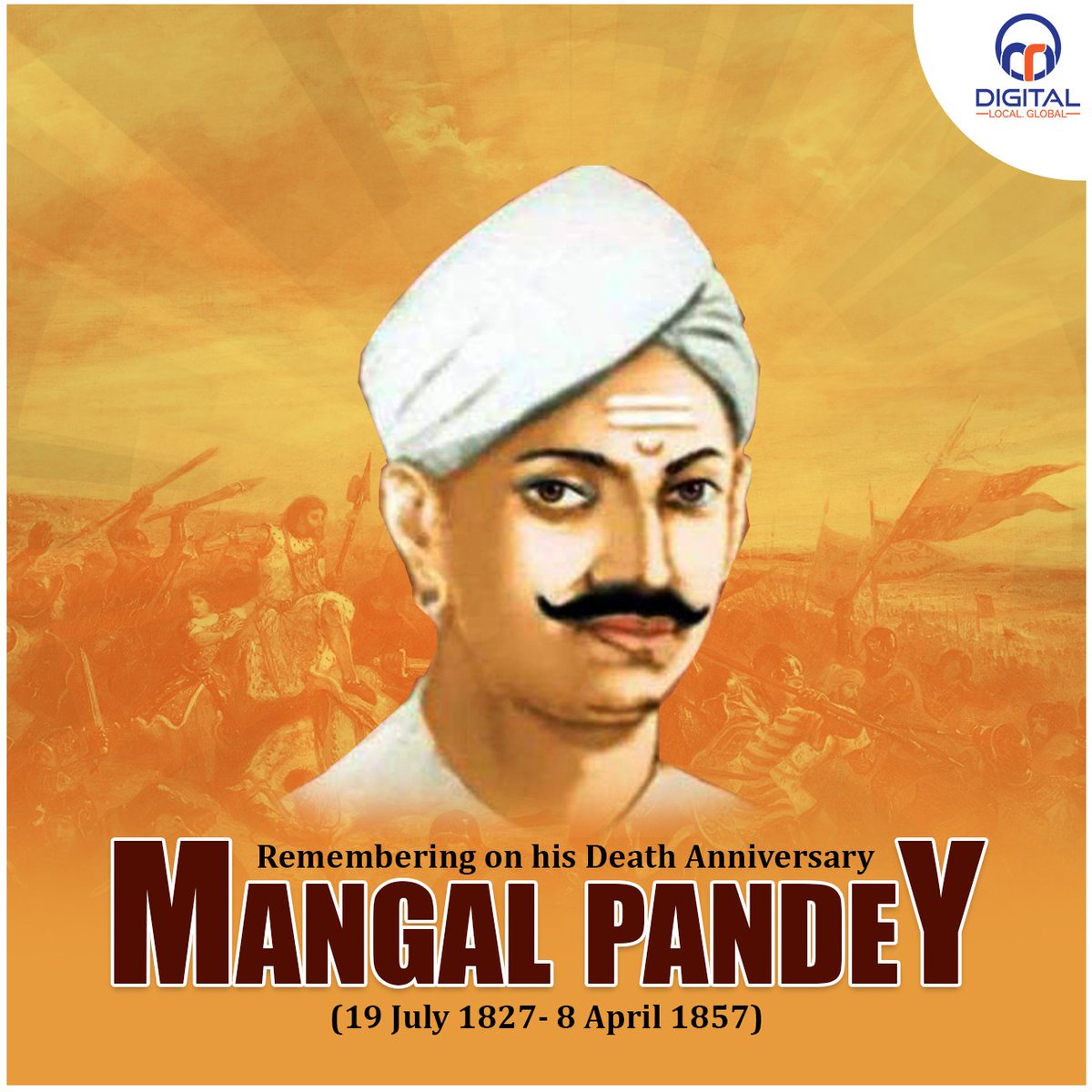
Born: 19 July 1827, Nagwa
Died: 8 April 1857, Barrackpore
Occupation: Sepoy (soldier)
Cause of death: Execution by hanging
Known for: Indian independence fighter

Born: 28 May 1883, Bhagur
Died: 26 February 1966, Mumbai
Party: Hindu Mahasabha
Education: City Law School (1909), Fergusson College (1902-1905), Wilson College, Mumbai, Mumbai University

Born: 10 December 1878, Thorapalli
Died: 25 December 1972, Chennai
Education: Presidency college, Bangalore central University (1894), Bangalore University
Famously known as CR, Mango of Krishnagiri, Rajaji
Awards: Bharat Ratna

Born: 11 June 1897, Shahjahanpur
Died: 19 December 1927, Gorakhpur Jail, Gorakhpur
Cause of death: Execution by hanging
Organization: Hindustan Socialist Republican Association
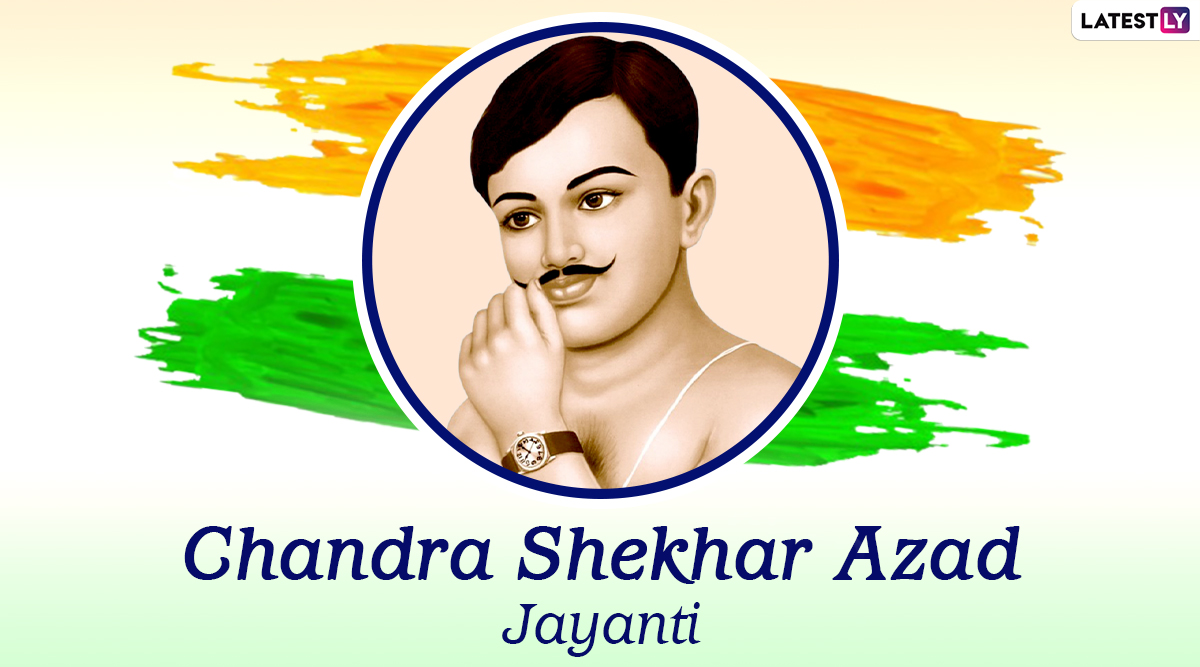
Born: 23 July 1906, Bhavra
Died: 27 February 1931, Chandrashekhar Azad Park
Full name: Chandrashekhar Tiwari
Education: Mahatma Gandhi Kashi Vidyapith

Born: 19 November 1828, Varanasi
Died: 18 June 1858, Gwalior
Full name: Manikarnika Tambe
Famously Known As: Manu
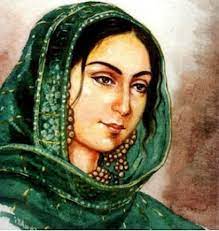
Born: 1820, Faizabad
Died: 7 April 1879, Kathmandu, Nepal
Famously Known As: Begum of Awadh n
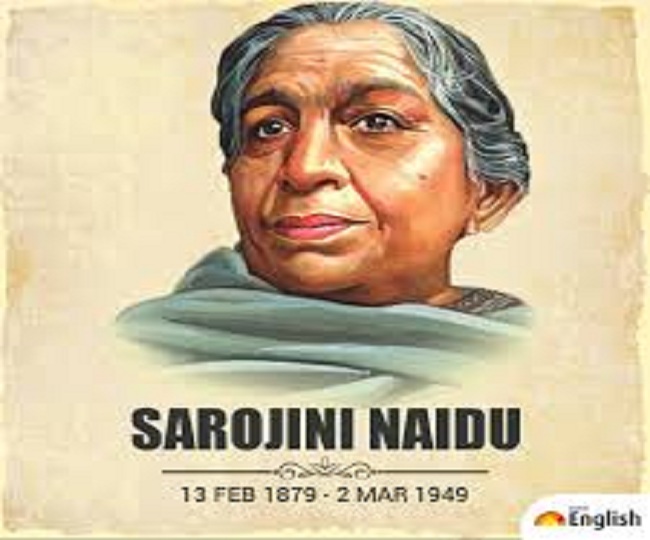
Born: 13 February 1879, Hyderabad
Died: 2 March 1949, Lucknow
Education: King's College London (1895-1898),
Children: Padmaja Naidu, Leelamani Naidu, Jayasurya Naidu, Randheer Naidu, Nilawar Naidu
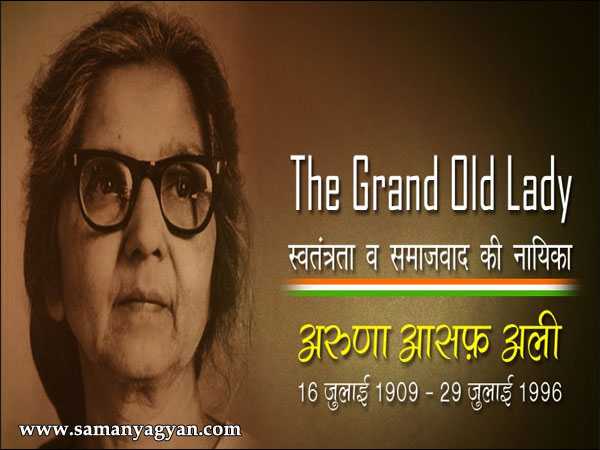
July 16, 1909-July 29, 1996
Aruna was an active member of the Congress Party.
She had participated in public marches during the Salt Satyagraha.
29 July 1996 (aged 87) New Delhi, Indi
International Lenin Peace Prize (1964) Jawaharlal Nehru Prize (1991) Padma Vibhushan (1992) Bharat Ratna (1997)

Born 25 March 1920 Gujarat, India
Died 11 August 2000 (aged 80)
Education PhD in Gandhian thought
Known for Gandhian and freedom fighter of India
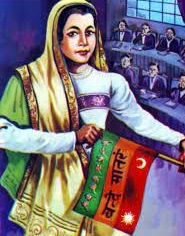
Born 24 September 1861 Navsari, Bombay Presidency, British India
Died 13 August 1936 (aged 74) Bombay, Bombay Presidency, British Indiai
Organisation(s) India House, Paris Indian Society, Indian National Congress
Movement Indian independence movement
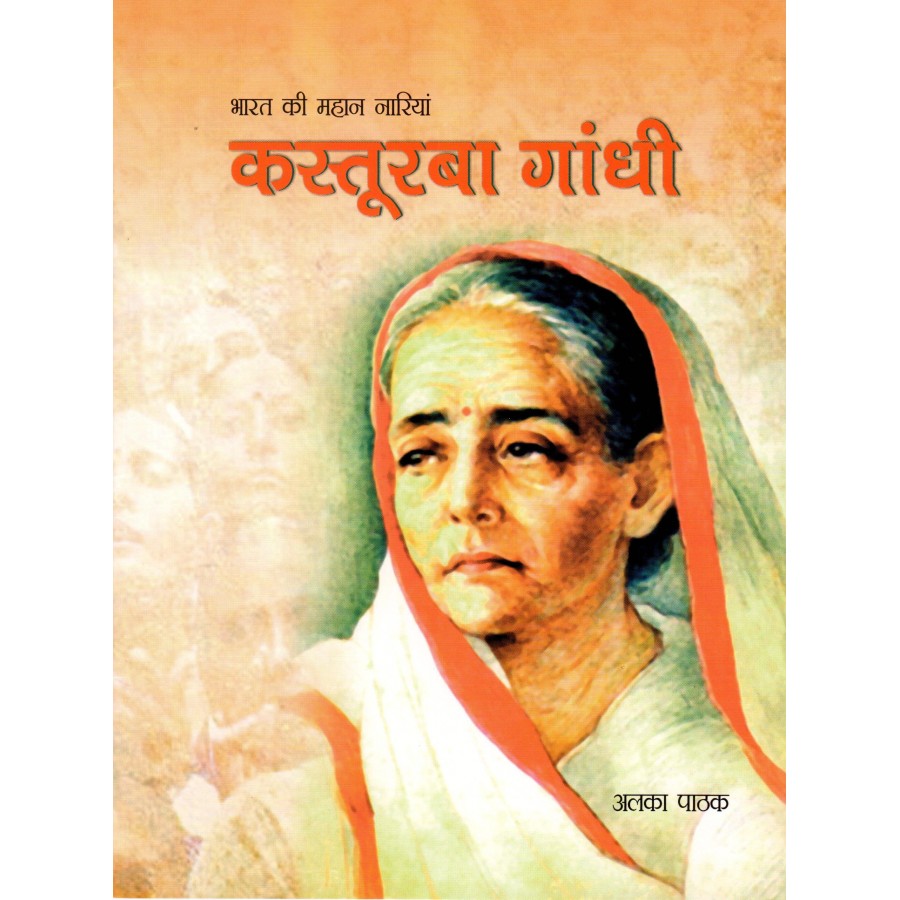
Born Kasturbai Gokuldas Kapadia 11 April 1869 Porbandar, Porbandar State, Kathiawar Agency, British Ra
Other names Kasturba Mohandas Gandhi Kasturba Gokuldas Kapadia
Died 22 February 1944 (aged 74) Aga Khan Palace, Pune, Bombay Presidency, British India (now Maharashtra, India)
Spouse Mahatma Gandhi (m. 1883)
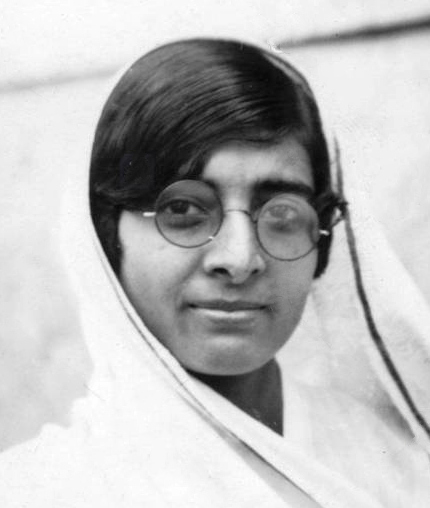
Born Kamala Kaul 1 August 1899 Delhi, British India
Died 28 February 1936 (aged 36) Lausanne, Switzerland
Spouse Jawaharlal Nehru (m. 1916
Relatives Kailas Nath Kaul (brother

Born Annie Wood 1 October 1847 Clapham, London, England
Died 20 September 1933 (aged 85) Adyar, Chinglepet District, Madras Presidency, British India (now Chennai, Tamil Nadu, India
Known for Theosophist, women's rights activist, writer and orator
Movement Indian independence movement
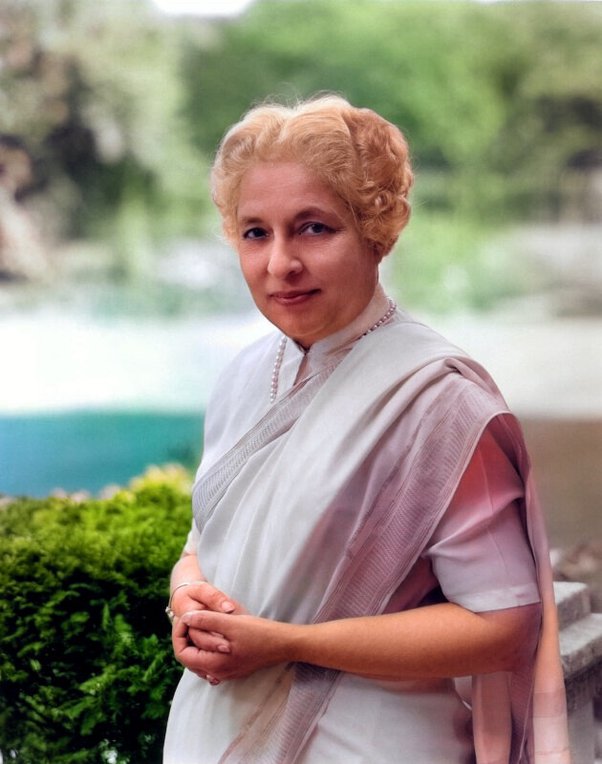
In office 15 September 1953 – 21 September 1954[1]
Succeeded by Eelco N. van Kleffens 6th Governor of Maharashtra In office 28 November 1962 – 18 October 1964
Born Swarup Nehru 20 August 1900 Allahabad, North West Provinces, British India (present day Prayagraj, Uttar Pradesh, India)
Died 1 December 1990 (aged 90) Dehradun, Uttar Pradesh, India